They don't make for the prettiest of manicures, but are they something more than a cosmetic problem? Here's what a dermatologist and research have to say.
Fingernails seem like a pretty uneventful body part. They grow. You cut them. Maybe paint them. And that’s about it. But in reality, your nails can give you a glimpse into your overall health. If something is going on in your body, your nails could start to change, sometimes developing ridges. Depending on what the ridges in fingernails look like, you might want to schedule a visit to the doctor.
What do vertical nail ridges mean?
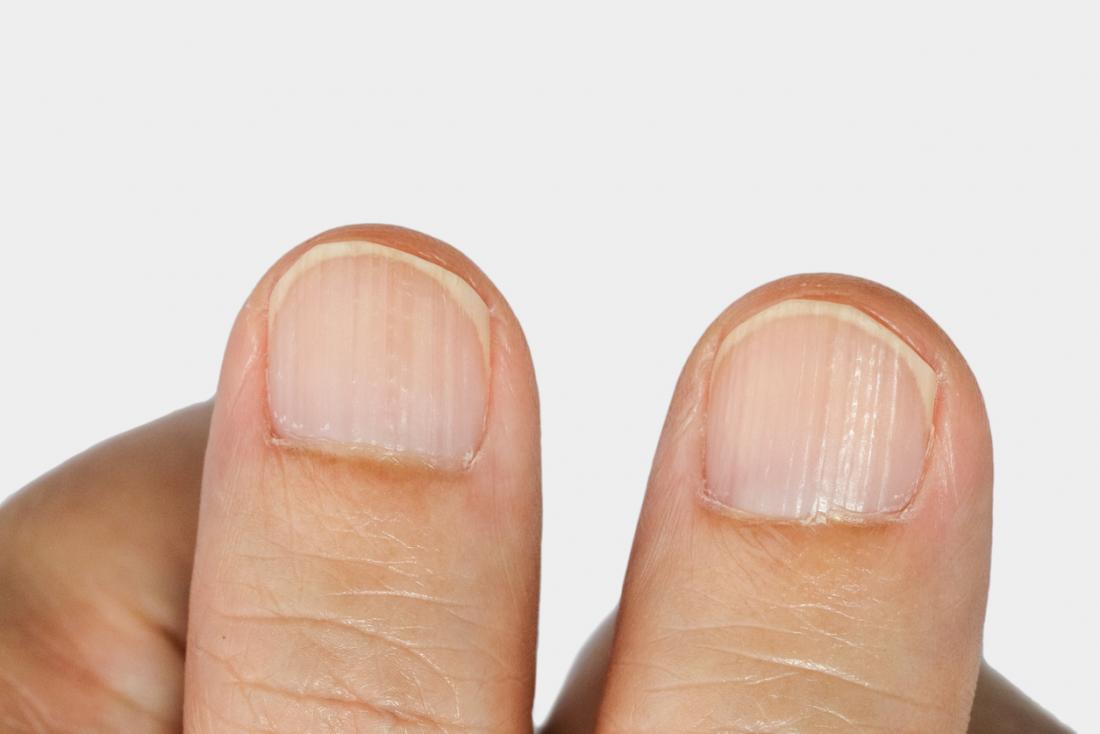
Advertisements
Lines running from the bottom of the nail to the tip are the most common form of ridges in fingernails, affecting about 20 percent of adults. In the vast majority of cases, it’s just a sign of aging, says Ivy Lee, MD, a board-certified dermatologist based in Pasadena, California. Fingernails are made mostly of keratin, a protein also found in the hair and outer layer of skin. In the same ways that the skin gets drier and the hair feels rougher, the nails also change with age because the body has a harder time retaining moisture.
Advertisements
Other nail changes
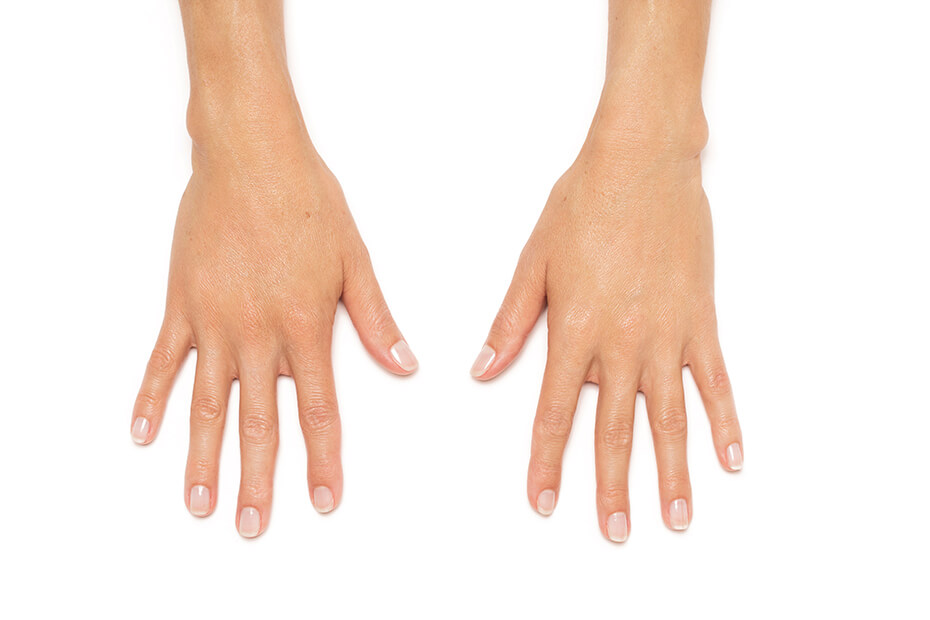
But if you see other changes in the nails, like splitting or a color change, you might want to consult a doctor, says Dr. Lee. In rare cases, ridges in fingernails could be a sign of anemia, rheumatoid arthritis, or cardiovascular problems, according to research in the Indian Dermatology Online Journal. A single ridge in the middle of the nail, for instance, could be a sign of a nutrient deficiency like protein or folic acid. Keep an eye out for these other 11 health secrets your hands are trying to tell you.
What do horizontal nail ridges mean?
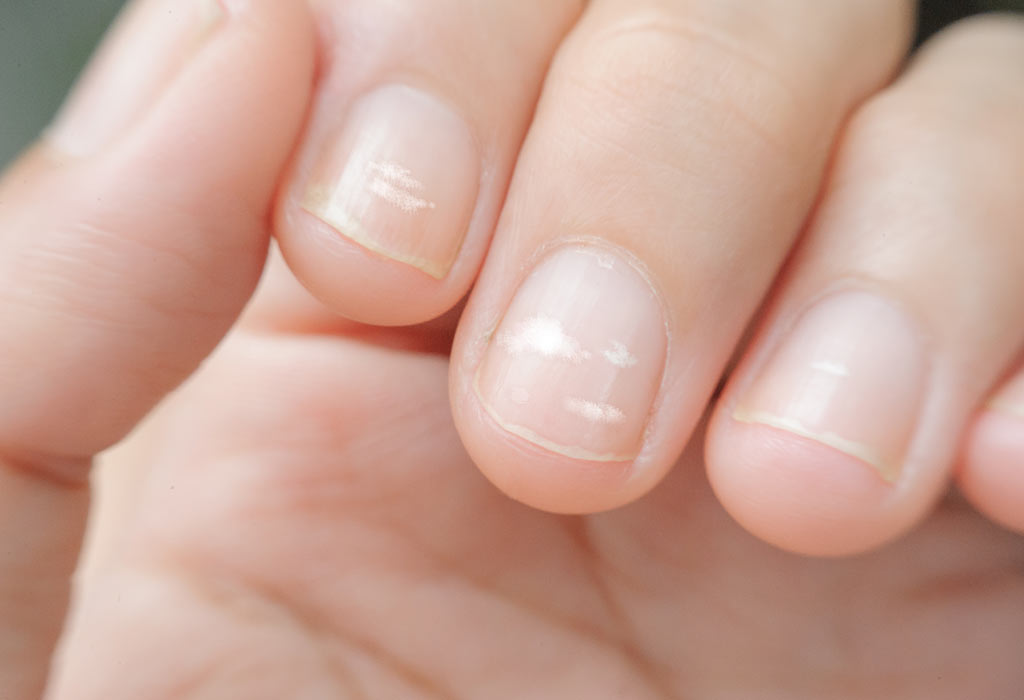
Ridges in fingernails that run side to side are less common and might give you more pause. Also known as Beau’s lines, they could signal disease or just be a remnant of an old injury, says Dr. Lee. “They arise because there is a temporary stop in nail growth in the proximal nail matrix, where the fingernail is made,” she says. “They are most often benign and due to mechanical trauma: manicures, jamming your finger in the door, etc.”
Sometimes, though, they point to a skin disease like eczema, psoriasis, or chronic paronychia (an infection of the nail folds that makes the skin swollen and red), so inspect your skin and fingertips for signs of redness and rash. Your dermatologist might be able to offer a treatment option. While you’re at it, look into these things your nails can reveal about your health.
A symptom of bigger health issues

Advertisements
Ridges in nails aren’t all about the skin—they can also be a sign of other systemic problems. For instance, an over or underactive thyroid can affect the hormones in charge of nail, skin, and hair growth, resulting in ridged nails in some cases. If all 20 finger- and toenails develop Beau’s lines at the same time, it could even be an infection like pneumonia, mumps, or syphilis, or even a problem with the heart, liver, or kidneys, per the research in the Indian Dermatology Online Journal. Particularly if your ridged nails have also become thinner, split, discolored, or misshapen, schedule a visit with your dermatologist pronto to get to the bottom of the problem, says Dr. Lee. In the meantime, read up on 20 other strange symptoms that can signal a serious disease.
Keep an eye out for these other 11 health secrets your hands are trying to tell you


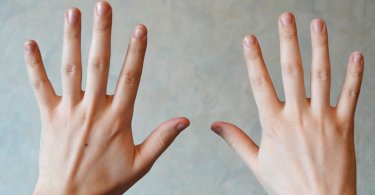
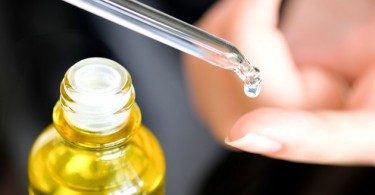

Comments